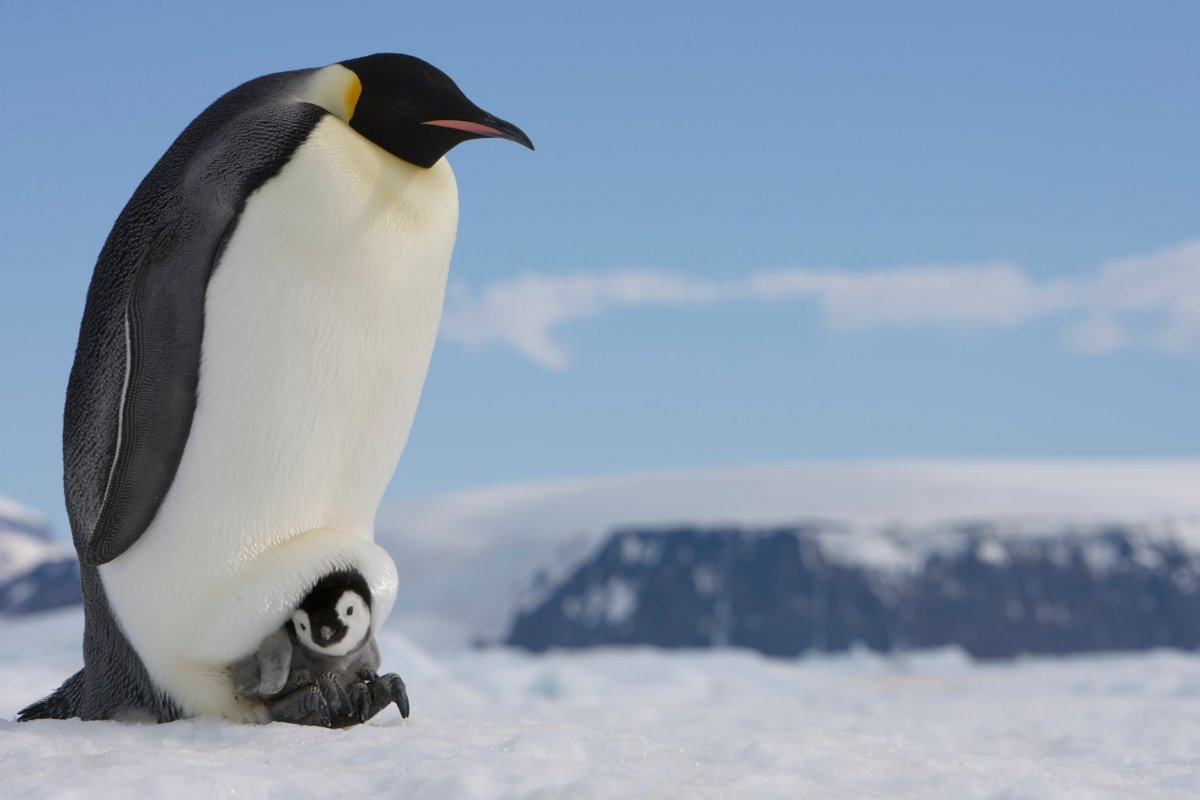It’s a sad day for penguin lovers: the emperor penguin has been declared a threatened species by the U.S. government due to the effects of climate change on the penguin’s natural sea ice habitat.

The U.S. Fish and Wildlife Service finalized legal protection for the flightless bird on Tuesday under the Endangered Species Act (ESA). The government body claimed the rapid loss of the emperor penguin’s habitat in Antarctica is the “primary threat” to the world’s tallest, heaviest penguin.
“Climate change is having a profound impact on species around the world and addressing it is a priority for the Administration. The listing of the emperor penguin serves as an alarm bell but also a call to action,” said U.S. Fish and Wildlife Service director Martha Williams.
The government body claimed rising carbon dioxide emissions have and will continue to raise global temperatures, causing sea ice to break and melt. The Antarctic ice is vital to the emperor penguin species for habitat, food, breeding and protection from predators.

Get breaking National news
The addition of the emperor penguin to the threatened species list is mostly preventative, as penguin populations currently appear to be stable — but if global temperatures continue to rise as a result of climate change, the species will be in danger of extinction.
Already, climate change has had a great impact on certain colonies of emperor penguins (as threats vary in severity across the 61 different breeding colonies along the Antarctic coast).
In 2016, after a year of severe weather, the second-largest emperor penguin colony in Halley Bay experienced a devastating loss when thousands of chicks drowned after sea ice broke up early. The chicks were too young to swim properly. The colony has not recovered, and many penguins have since relocated or failed in their breeding entirely.
The U.S. wildlife service claimed emperor penguin colonies surrounding the Indian Ocean, Western Pacific Ocean, Bellingshausen Sea and Amundsen Sea are projected to experience a population decline of over 90 per cent due to melting sea ice.
The government body hopes the emperor penguin’s new label as a threatened species will allow time to prevent extinction of the globally beloved birds. International conservation measures are expected to be put in place as a result of the declaration, better protecting the Antarctic habitat through reduced industrial fishing and restricted American greenhouse gas emissions.
The emperor penguin is not the only species facing troublesome news this week. The North Atlantic Right Whale Consortium issued a statement Monday claiming the critically endangered North Atlantic right whale population is still struggling to survive and reproduce. There are believed to be only 340 right whales currently living — a shockingly low number, considering less than 100 of those individuals are breeding females.
The 1973 Endangered Species Act is credited with bringing several animals back from the brink of extinction, including grizzly bears, bald eagles, gray whales and others. The law has frustrated drilling and mining industries, among others, which can be stopped from developing areas deemed necessary for species survival.
— With files from Reuters











Comments